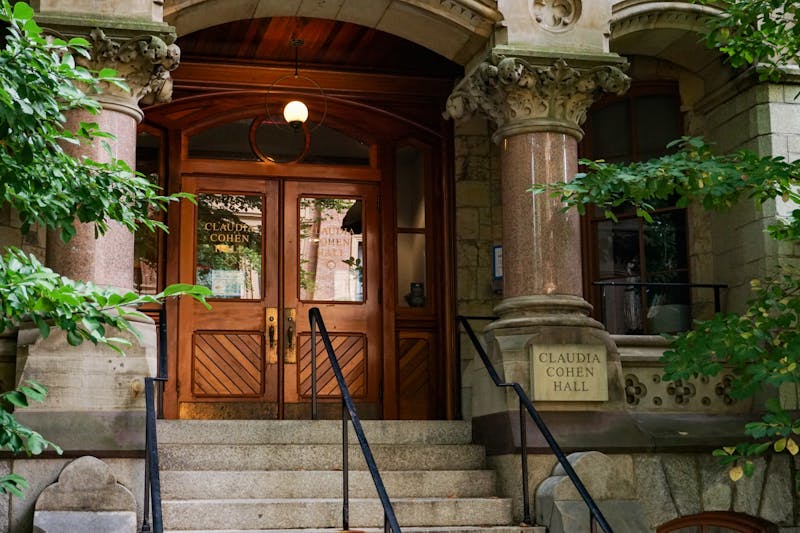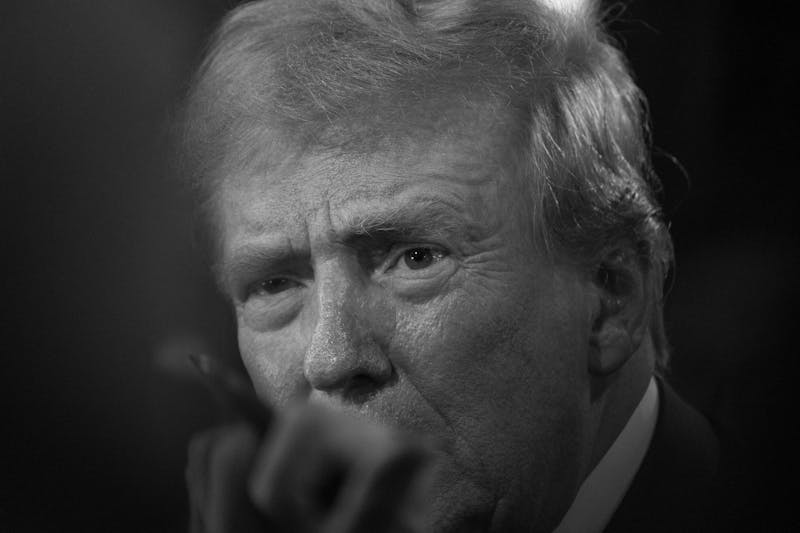Being a woman of science makes me a real skeptic. Seriously. It can be hard to have a conversation with me without me annoyingly asking you to state your sources. I only really buy into ideas that are backed with convincing evidence — I’m talking numbers and statistics.
That said, I’ve got to admit that sometimes if I’m home alone, or trying to fall asleep late at night, I’ll swear I hear a noise or feel something brush across my back … and despite my scientific mind telling me “there’s no such thing as ghosts,” I just can’t help myself from thinking that maybe, maybe, it’s something paranormal.
And I know I’m not alone. While many of you don’t believe in ghosts or psychics or monsters, it can hard to stop that “maybe” voice — even if it’s just that weird feeling that something a little supernatural might be going on — from creeping into your head from time to time.
But even though there’s no real proof that paranormal phenomena exist, there’s a good scientific reason why we can’t shake these feelings.
By definition, the paranormal (think psychokinesis, extra-sensory perception and ghostly hauntings) are things beyond the realm of scientific explanation. But just because science can’t explain how something works doesn’t mean scientists can’t prove that it does or doesn’t exist.
So, as a self-proclaimed woman of science, I went digging through studies to see if there was any validity behind our paranormal beliefs. Shockingly, there are a handful of scientists who believe in paranormal activity. There’s also a good amount of published research backing up their claims.
But don’t freak out — I also found that, by and large, these studies have been found to be flawed, and for the most part, paranormal activity has been rejected by the scientific community.
Without any solid proof of paranormal activity, why can’t we permanently dismiss these spooky thoughts?
A leading theory is that we humans are hardwired to think this way.
In his book, Why People Believe Weird Things: Psuedoscience, Superstition and Other Confusions of Our Time, Michael Shermer, founding publisher of Skeptic magazine, wrote that selection has shaped humans to make connections between events and the environment. This includes anything from learning that colorful spiders are poisonous to believing scary monsters exist in the dark woods. And because those that were best at making connections survived and left more offspring, humans evolved to be good at making these kinds of connections.
So how does this explain the existence of paranormal beliefs and quasi-paranoid fears?
Well, we’re not perfect. We humans tend to make connections between things even when no such associations truly exist.
Our mistakes can come in two forms: “false negatives” (sharp-toothed, growling animals aren’t that bad) or “false positives” (all animals — mice, bunnies and kitty cats — are dangerous).
If cavemen were prone to making false negative associations, they would have gotten killed by doing something stupid like trying to pet saber tooth tigers. Humans that made false positive connections, on the other hand, simply wasted their time erring on the safe side — but they lived and passed their genes on to the next generation.
So, as Shermer puts it, “We are left with a legacy of false positives — hypnopompic hallucinations become ghosts or aliens; knocking noises in an empty house indicate spirits and poltergeists.”
Well, there you go! A scientific explanation.
As much as I wish I could tame the hairs on the back of my neck and never get irrationally freaked out over nothing, I don’t really feel like I’m betraying my science roots. In fact, I might even go as far as to say that my irrational fears are scientific in nature — simply a product of evolution.
Sally Engelhart is a College junior from Toronto. Her e-mail address is engelhart@theDP.com. Scientifically Blonde appears on alternate Thursdays.
The Daily Pennsylvanian is an independent, student-run newspaper. Please consider making a donation to support the coverage that shapes the University. Your generosity ensures a future of strong journalism at Penn.
DonatePlease note All comments are eligible for publication in The Daily Pennsylvanian.







